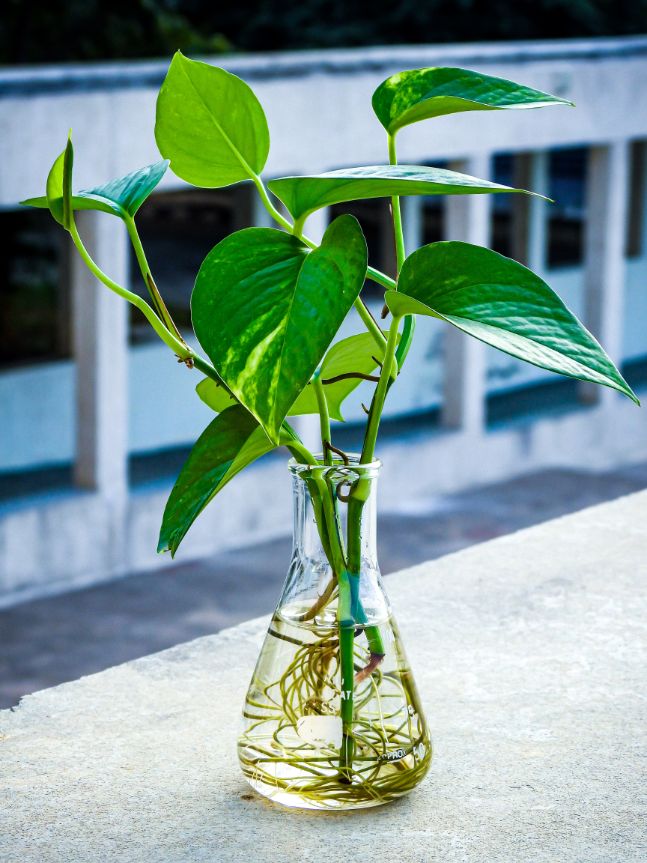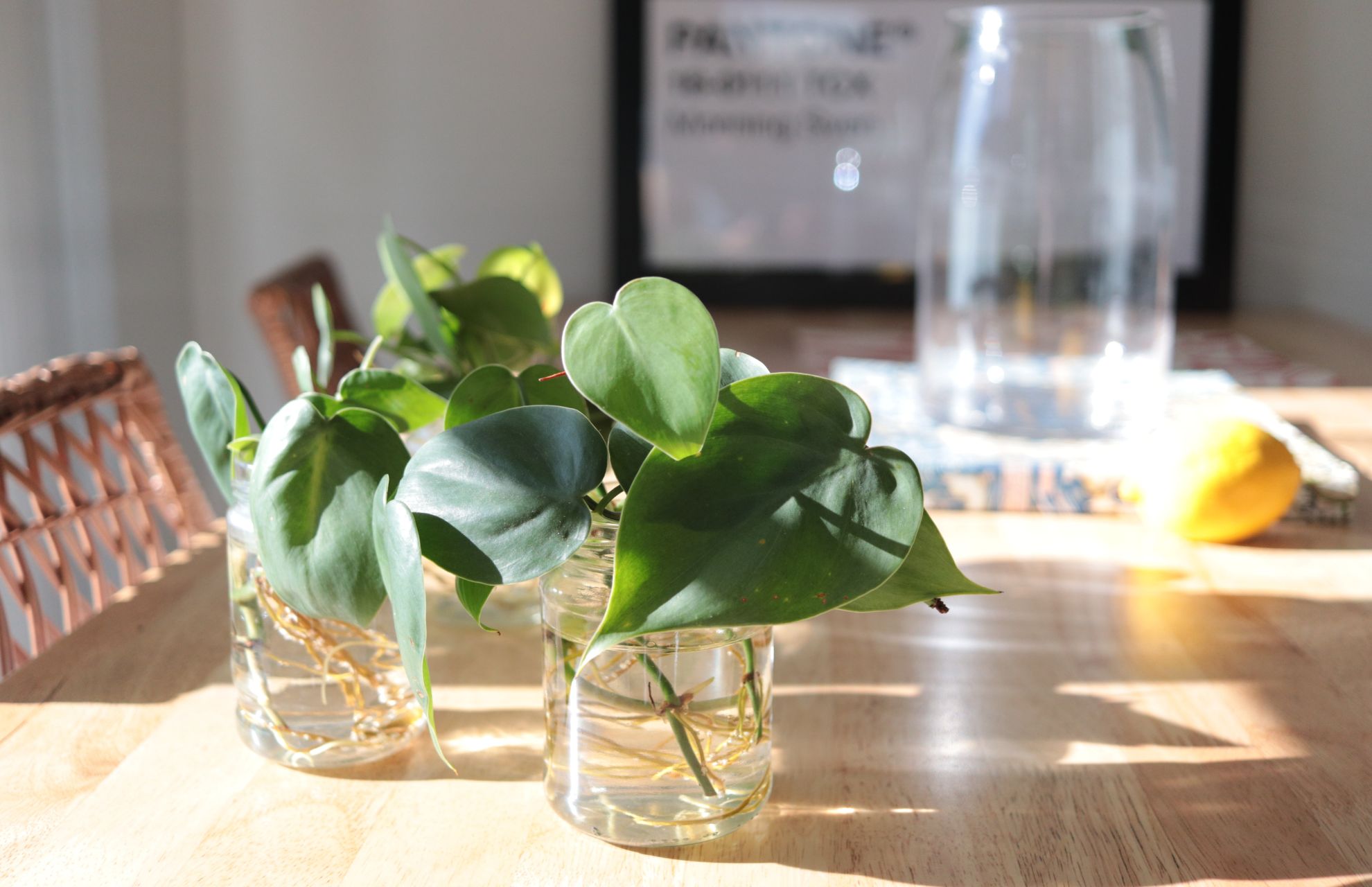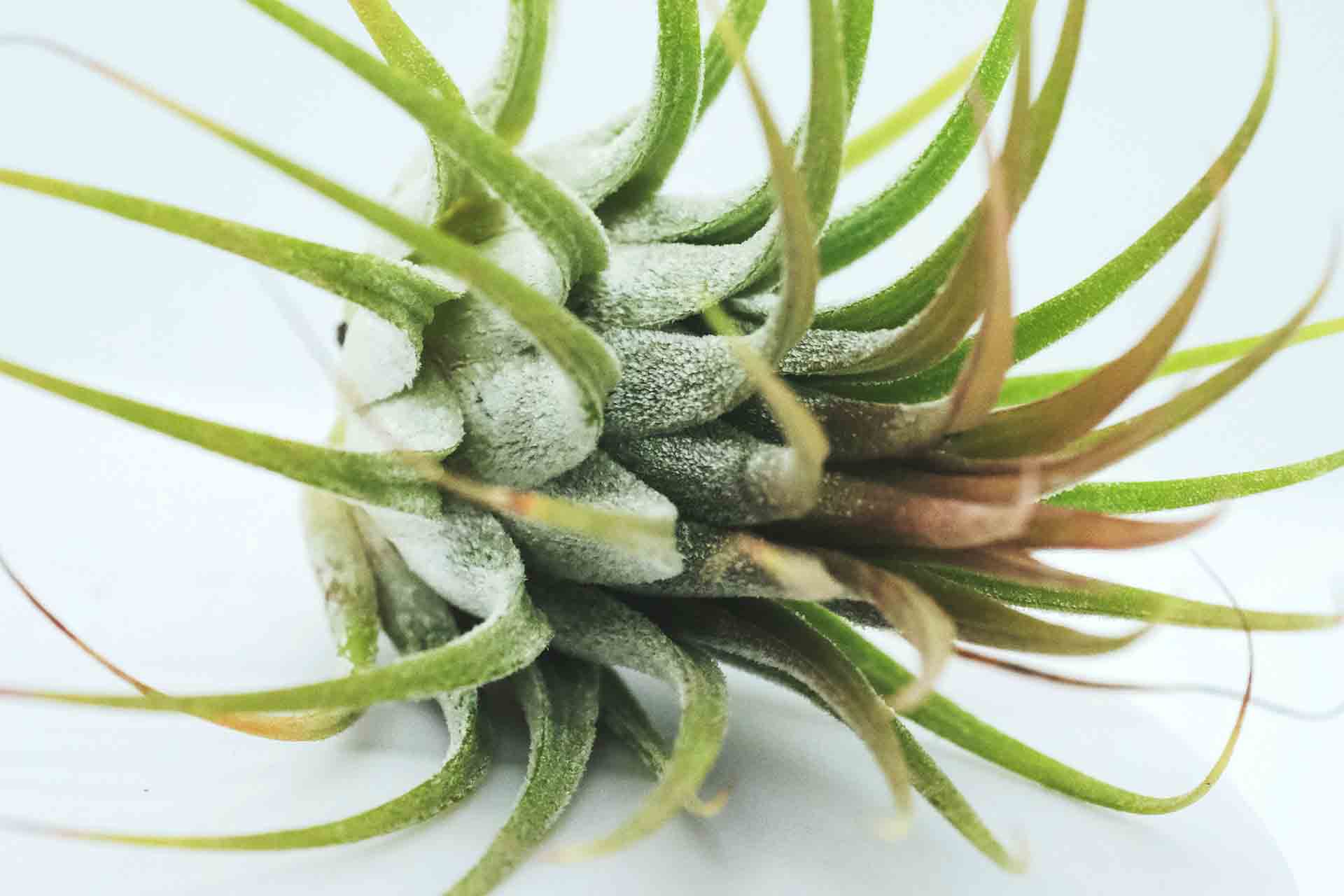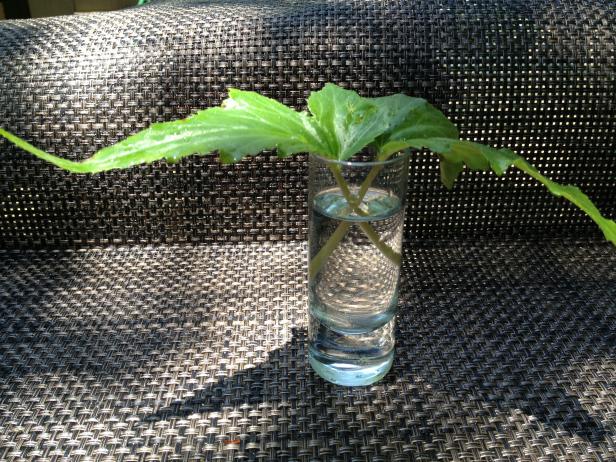One of the simplest houseplants to maintain and grow is the pothos. They are resilient, low maintenance, can withstand various light levels, uplift the mood, and purify the air. But did you also know that pothos is one of the most easily grown houseplants in water? Please keep reading for more information if you’re interested in growing pothos in water.
Making Sense Of Growing Pothos In Water?
Devil’s Ivy thrives in soil because the surroundings are ideal. However, it can quickly become out of hand and overwhelming. You need to pick the ideal location, water them regularly, and show them a reasonable amount of affection overall.
You won’t need any pumps, specialized fertilizers, or drainage holes if you grow your golden pothos in glass jars of water. Additionally, because your plant won’t grow as quickly, it will remain more manageable, free up space, and still bring some greenery into your day.
Material Needed

You need to remember that most plants don’t absolutely need soil to thrive – what they need is water and nutrients which they get from the soil. So you don’t really need to root your devil’s ivy cuttings in the soil as long as you can provide those to your plant.
As long as you give them enough nutrients and sunlight, they can easily grow in water. So, here are a few basic things that you’ll need:
- A water container (any vase or glass jar that can hold water will do)
- Tap water (unless it’s overly chlorinated)
- Liquid fertilizer to supply nutrients
Steps To Propagating Pothos In Water
- Step 1: Choose how much of your plant you want to prune. Snip the leaf node directly beneath it. Nodes, those minuscule brown bumps on the stem, are essential for producing new roots.
- Step 2: To root your plant, you’ll need a stem with at least two leaves; you should remove the leaf closest to the stem. Take more cuttings. By leaving at least one node on each, cut vines into additional cuttings. The node will give rise to your new roots.
- Step 3: Place Cuttings in Water: Place the cuttings in water in a small mason jar or other glass, keeping the cut ends submerged. While not in direct sunlight, place the cuttings close to a window indoors. Check cuttings every few days, and change the water every one to two weeks.
- Step 4: Don’t transplant your cuttings until they have at least one inch of roots. About a month should pass during this. Your pothos plant will keep setting roots if you leave it in water. But the longer they stay in the water, the more difficult it will be for them to move to the soil.
- Step 5: Espoma’s Organic potting mix should be placed in a container with adequate drainage holes and filled to the halfway mark. In order to keep the cuttings in place, place more soil around the pot’s edges. When necessary, add additional cuttings and soil to the center. Until the water drains from the bottom of the pot, water your new pothos plant.
- Step 6: Ensure that your new pothos has enough light by placing it in a well-lit area. For more growth, fertilize once per month with liquid plant food.
How Much Time Does It Take For Pothos Plants To Root In Water?
In your home, place the vase in a spot with filtered light. In about 7 to 14 days, new roots will begin to grow from the nodes that are submerged in water. Once the roots of your plant are about an inch long, you can either plant the cutting in soil or allow it to grow in water alone.
A high-quality liquid fertilizer should be used to feed your plant if you decide to let it grow in water. Every four to six weeks, be sure to fertilize your pothos plant that is submerged in water.
The quantity of fertilizer you use will depend on the directions on the fertilizer’s box, the size of your plant, and the jar it will be placed in. But generally speaking, it shouldn’t be more than a few drops.
When it comes to growing plants in water-filled jars, it’s always preferable to under-fertilize than to over-fertilize. Algae growth, which results from the combination of nutrients and sunlight, is something you want to avoid.
Place your pothos plant in front of a window that faces north and close the blinds to block some of the light. Additionally, to keep your plant fresh, make sure you change the water every other week.
How Can You Keep Your Pothos Alive In Water?
You cannot simply submerge your cuttings in water, go about your business for months, and expect them to survive. Follow this checklist to ensure healthy pothos plants:
- Make sure to periodically change the water in your containers—ideally, once every week or two at most—and add fresh water as needed. Your pothos’ roots require oxygen to survive because water eventually loses its oxygen content.
- It’s important to feed your pothos! Feed your newborn plant with a premium liquid fertilizer. As the water in the containers gradually evaporates, you can also use a water-fertilizer mixture, which is water mixed with a few drops of liquid fertilizer.
- Make sure your containers are tidy! If you chose a glass container and notice algae growing in it, remove your plant right away, wash the jar, and then re-pot your pothos inside.
Pothos vines will thrive in water as long as you check it occasionally. I had no trouble at all growing my golden pothos in water after following these basic instructions.
Things To Consider When Growing Pothos In Water
If at all possible, choose an opaque vase to block more light and prevent the growth of algae. You’ll have to clean the inside of a clear vase more frequently.
While tap water can be used for pothos plants, they prefer it without chlorine. To off-gas chlorine in your tap water, leave it out for at least 24 hours in an open container, then pour it into your vase.
Avoid feeding your pothos plant solid fertilizers. Your plant’s roots can immediately access all of the nutrients it requires from a liquid fertilizer because it is immediately bioavailable to them.
Is Soil Or Water Better For Pothos Propagation?
Since pothos is so simple to grow, either method will work. It is therefore a personal choice. In light of this, it’s crucial to choose your path and stay on it when propagating pothos. Pothos prefer that their propagation mediums not be changed.
Read More:
- Are Pothos Plants Toxic to cats and dogs, Dogs or Other Pets
- Brown Spots On Pothos Leaves: 8 Reasons & Solutions
- How To Grow And Care For Pearls And Jade Pothos?
- How To Propagate Pothos? 3 Methods
- What Is The Best Soil For Pothos? How To Choose?
- 10 Reasons Why Your Pothos Leaves Turning Yellow
- How To Grow And Care For Pearls And Jade Pothos?
- How Often To Water Pothos And How Much?








